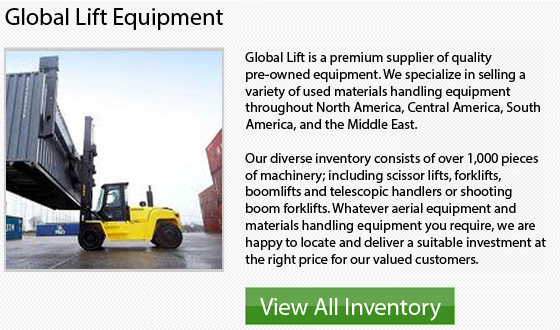
Disadvantages of Scissor Lifts
Scissor lifts are a kind of "mobile scaffolding", with a wheel-mounted machinery that provides power to a work platform that moves up and down. The lift can be powered by electricity, propane, gas or diesel. Scissor lifts are characterized by various scissor-like joints which elevate the equipment by collapsing and expanding. Numerous safety features are built into scissor lifts today, particularly models which are newer. Like with any safety features, they might not be able to guarantee safety and some features can be manually overridden by operators or they could occasionally malfunction.
Inadvertent Elevation
Usually, construction workers use scissor lifts to work on higher aspects of the jobsites or on ceilings. The workers would have to lift the platforms just to right beneath ceiling level. The problem with accidental elevation can happen if the workers bump into the elevation controls inadvertently while working. In the ceiling scenario, the controls might be activated accidentally and the platform could rise up and accidentally crush them into the ceiling.
Electrocution
A different way employees need to be very careful is to be certain they know the surroundings they are in while using the machinery in order to ensure they don't accidentally electrocute themselves. If, for example, the operator makes direct contact with or inadvertently touches an electrical conductor or an induction field, terrible consequences can take place.
Lateral Loads
While using a scissor lift, it is essential to be familiar with the loading limitations in the instruction manual of your scissor lift. Very terrible consequences can happen if the platform is mis-loaded. A lateral-load is one of the possible problems which could happen if the whole lift overturns. This situation happens when a heavy tool or material like for instance a concrete slab that hangs over the scissor lift platform's side, causing the whole machine to become unbalanced at once and really prone to tipping over dangerously.